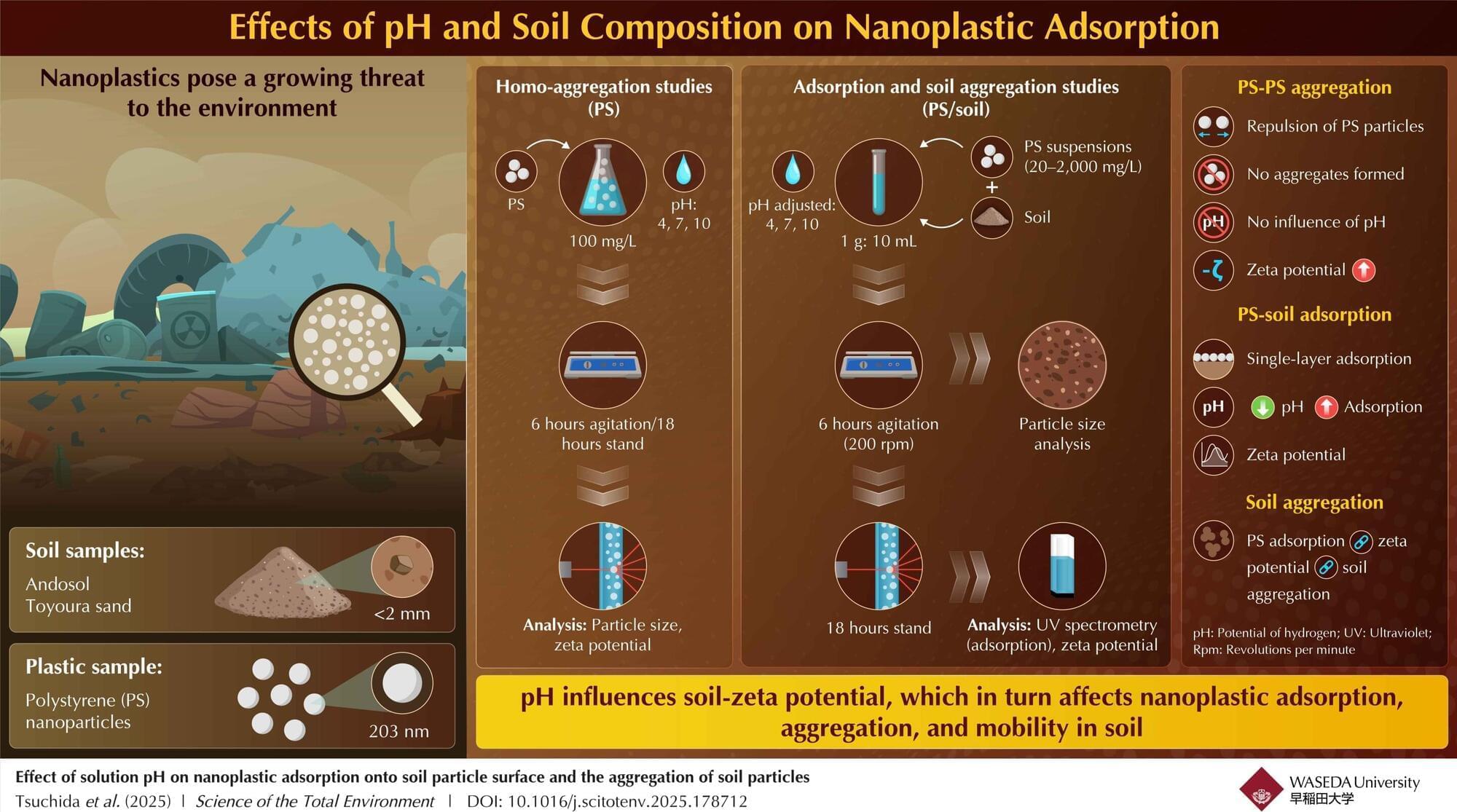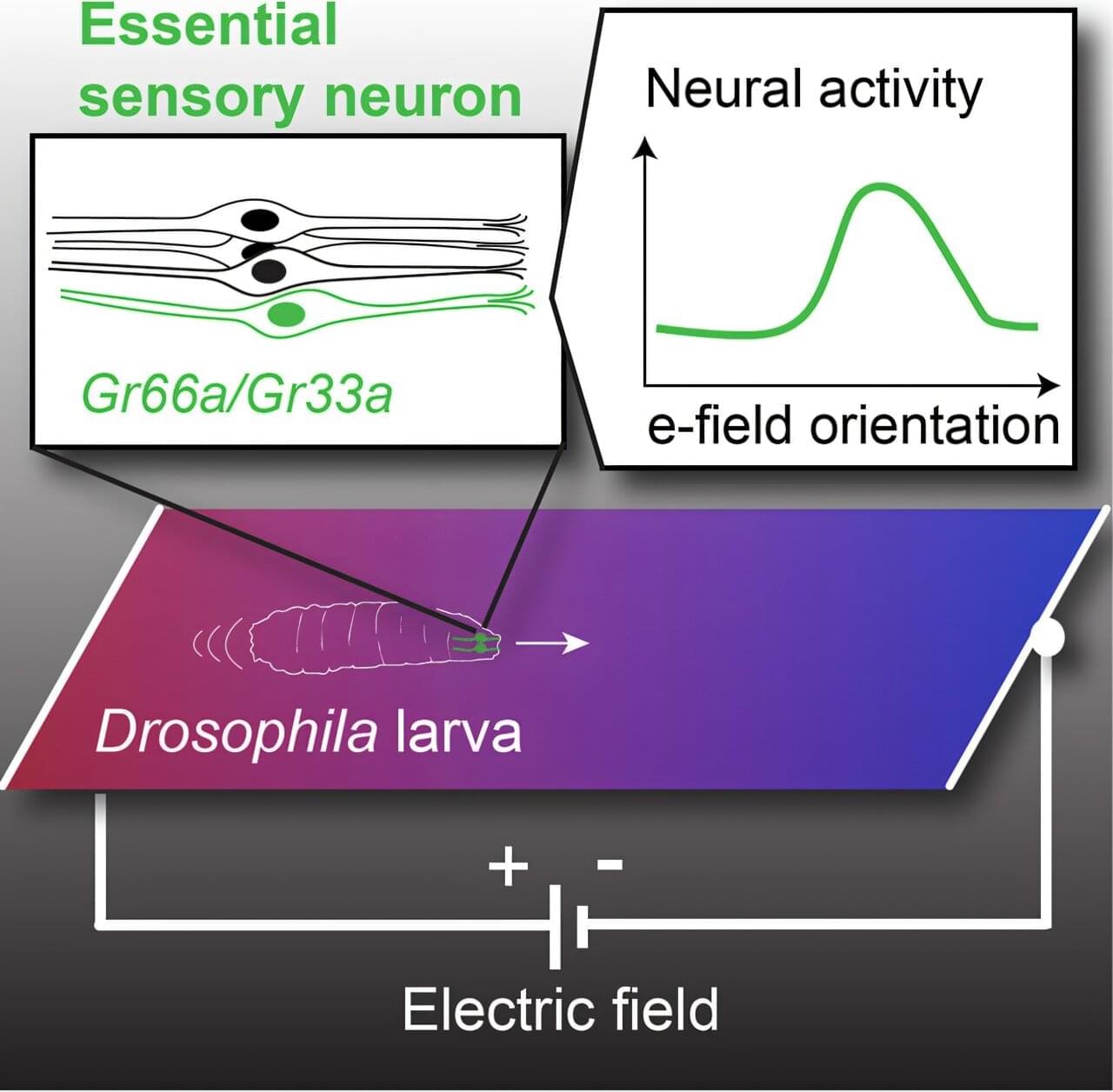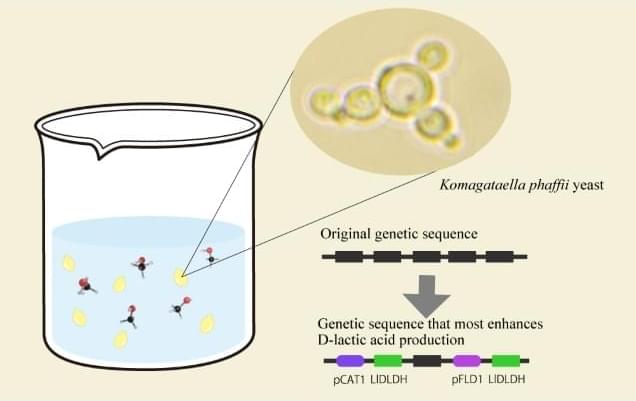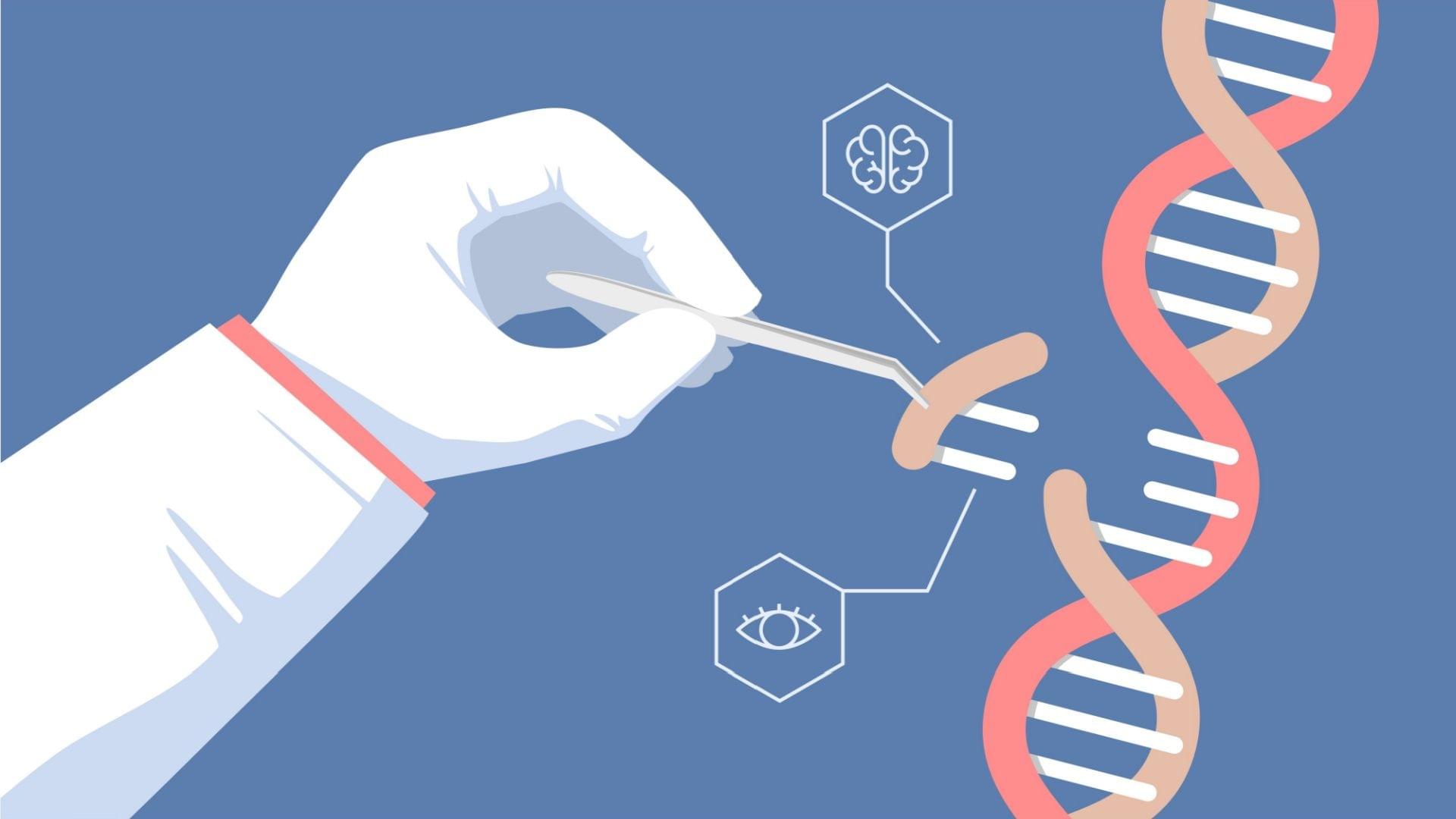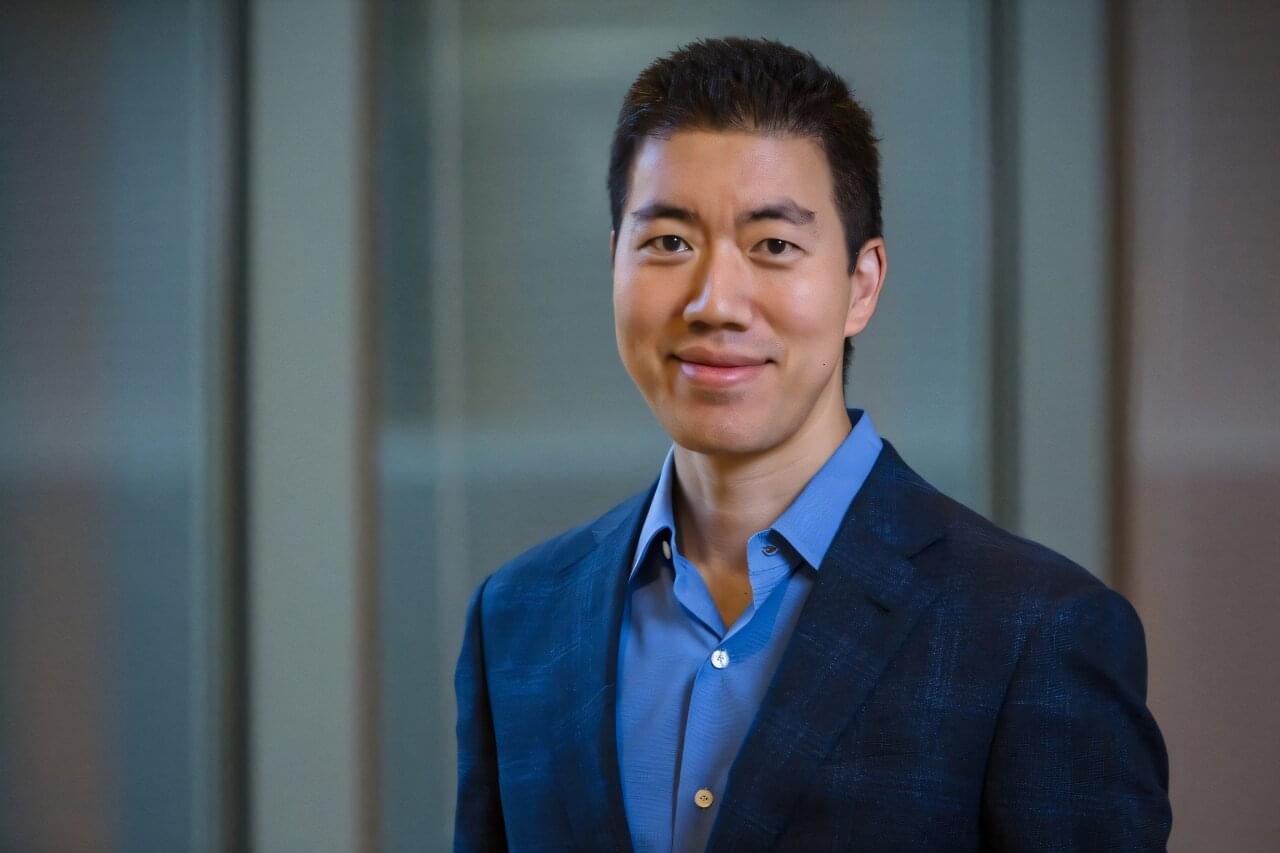*This video was recorded at Foresight’s Vision Weekend 2025 in Puerto Rico*
https://foresight.org/vw2025pr/
Our Vision Weekends are the annual festivals of Foresight Institute. Held in two countries, over two weekends, you are invited to burst your tech silos and plan for flourishing long-term futures. This playlist captures the magic of our Puerto Rico edition, held February 21–23, 2025, in the heart of Old San Juan. Come for the ideas: join the conference, unconference, mentorship hours, curated 1-1s, tech demos, biohacking sessions, prize awards, and much more. Stay for fun with new friends: join the satellite gatherings, solarpunk future salsa night, beach picnic, and surprise island adventures. This year’s main conference track is dedicated to “Paths to Progress”; meaning you will hear 20+ invited presentations from Foresight’s core community highlighting paths to progress in the following areas: Existential Hope Futures, Longevity, Rejuvenation, Cryonics, Neurotech, BCIs & WBEs, Cryptography, Security & AI, Fusion, Energy, Space, and Funding, Innovation, Progress.
══════════════════════════════════════
*About The Foresight Institute*
The Foresight Institute is a research organization and non-profit that supports the beneficial development of high-impact technologies. Since our founding in 1986 on a vision of guiding powerful technologies, we have continued to evolve into a many-armed organization that focuses on several fields of science and technology that are too ambitious for legacy institutions to support. From molecular nanotechnology, to brain-computer interfaces, space exploration, cryptocommerce, and AI, Foresight gathers leading minds to advance research and accelerate progress toward flourishing futures.
*We are entirely funded by your donations. If you enjoy what we do please consider donating through our donation page:* https://foresight.org/donate/
*Visit* https://foresight.org, *subscribe to our channel for more videos or join us here:*
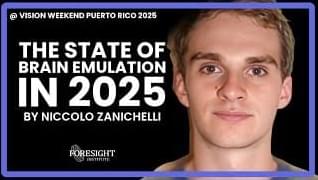


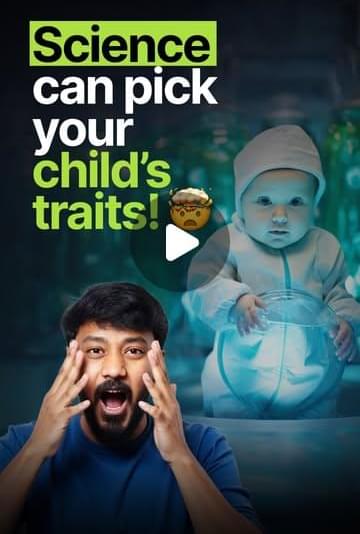
 … [genetic engineering, CRISPR, designer babies, IVF, in vitro gametogenesis, gene editing, human evolution, bioethics, futuristic science, AI in healthcare, medical advancements, artificial reproduction, skin cell gametes, future tech, DNA modification, biotechnology]”
… [genetic engineering, CRISPR, designer babies, IVF, in vitro gametogenesis, gene editing, human evolution, bioethics, futuristic science, AI in healthcare, medical advancements, artificial reproduction, skin cell gametes, future tech, DNA modification, biotechnology]”
